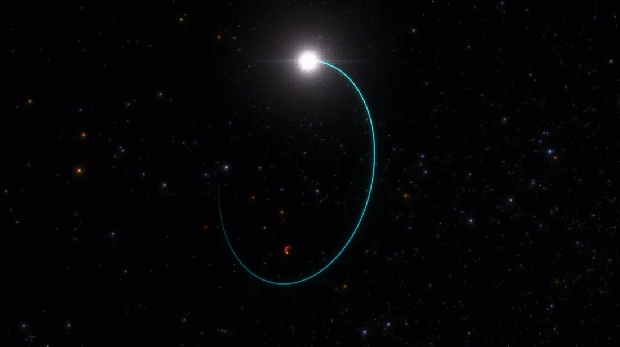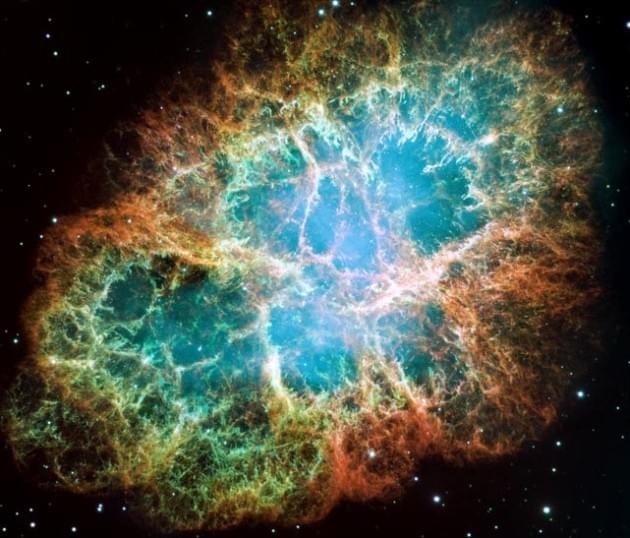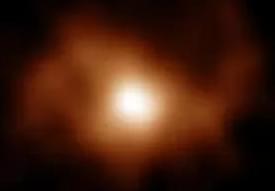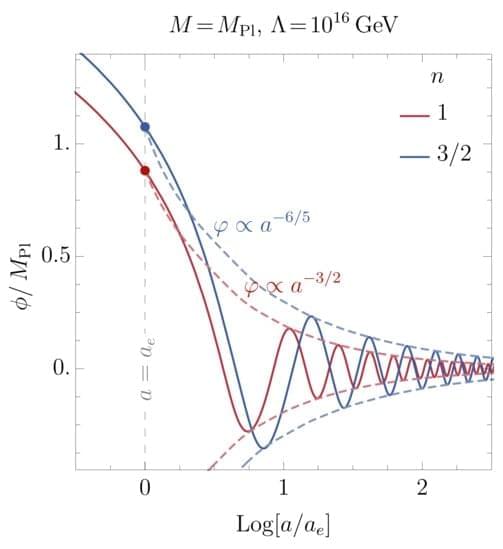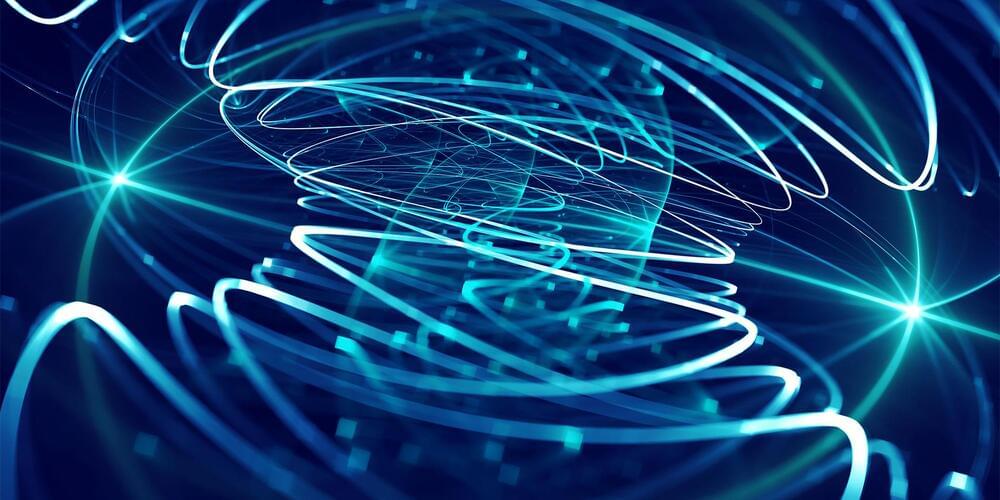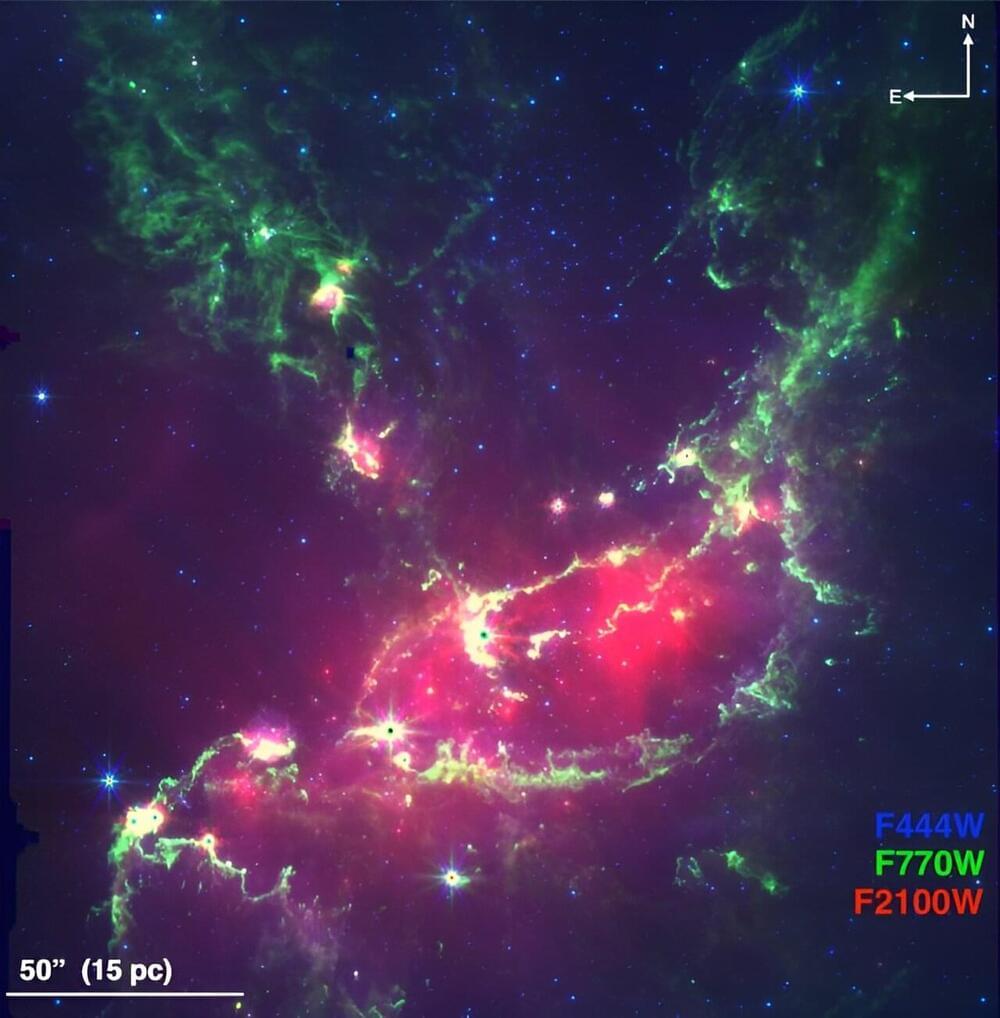AD — Go to https://ground.news/drbecky to stay fully informed with the latest Space and Science news. Subscribe through my link to get 40% off the Vantage plan for unlimited access this month only. | I often get asked how do we know dark matter exists? Which is why I’ve made a video on all the observational evidence we have before (linked below)! But occasionally I’ll get asked how do we know how much dark matter there is, which is a really fun question. There’s many different ways we can calculate this, including the ratio between normal (baryonic) and dark matter, but in this video I just wanted to highlight three different ways astrophysicists calculate this.
Here’s my previous video on all the evidence we have for dark matter — • All the evidence we have for dark mat…
My previous video on whether dark matter could be made of black holes — • Is dark matter made of black holes?
My previous video on whether black holes contain dark matter — • Do black holes contain dark matter?
My previous video on why galaxies merge if the universe is expanding — • If the Universe is expanding, then wh…
Allen, Evrard \& Mantz (2011; review on galaxy clusters observations) — https://arxiv.org/pdf/1103.4829
Zwicky (1933; first virial theorem paper in German) — https://articles.adsabs.harvard.edu/p…
Zwicky (1937; virial theorem applied to the Coma cluster) — https://articles.adsabs.harvard.edu/p…
Alpher, Bethe, \& Gamow (1948; big bang nucleosynthesis; behind paywall) — https://journals.aps.org/pr/abstract/.…
Alpher \& Herman (1950; more BBN work; behind paywall) — https://journals.aps.org/rmp/abstract…
Planck collaboration (2015; cosmological parameter results for our best model of the Universe) — https://arxiv.org/pdf/1502.
00:00 Introduction.
02:04 Ground News AD
03:54 Method 1 — Galaxy Clusters and the virial theorem.
08:49 Method 2 — Big Bang Nucleosynthesis.
11:39 Method 3 — Cosmic Microwave Background.
14:35 Outro.
15:24 Bloopers.
Video filmed on a Sony ⍺7 IV
🎧 Royal Astronomical Society Podcast that I co-host: podfollow.com/supermassive.

